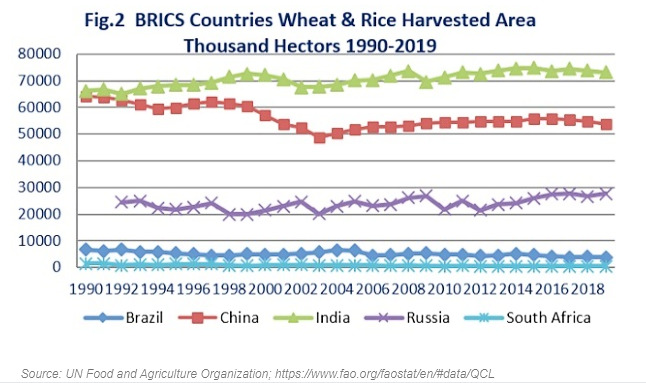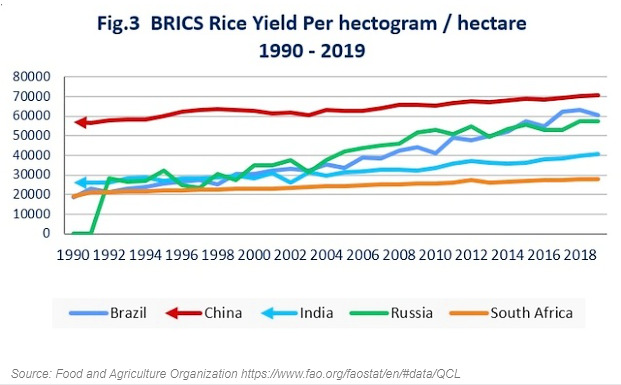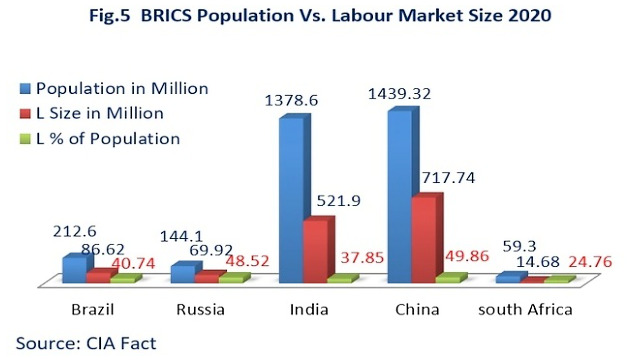
views
Agitation has become a fashion and a rewarding career choice, too. In a globalised world, agitation funding and branding are far easier and more fashionable. After one year of the farmers’ agitation and 11 rounds of talks between government and farmers failing, Prime Minister Narendra Modi has now withdrawn the three farm laws. The farmer agitation, however, is likely to continue towards a larger political dividend.
While the ongoing farmers’ protest seems more political, the agrarian crisis of India is far more real, fundamental and structurally flawed than that meets the eye. More than 4 lakh farmers in India have committed suicide between 1995 and 2018—one of the major cases of agrarian distress in the world. Most of them are marginal farmers.
Several data sets indicate that there are about 100-150 million farmers living in India—five times the population of Sri Lanka or twice the population of Germany or Great Britain. Nearly 65 per cent of them are marginal farmers who bear the brunt of chronic marginalisation.
Unfortunately, however, the real agrarian crisis of India is always pushed under the carpet. We look at the BRICS countries’ agriculture structural issues in comparative mode to understand the depth of India’s agriculture sector challenges.
BRICS Agrarian Sector
Agriculture sector in India suffers from three fundamental and structural issues that most governments have chronically failed to address. Using land, labour and productivity comparative data among BRICS countries, this article provides a comprehensive view of the depth of India’s agrarian crisis.

BRICS countries — Brazil, Russia, India, China and South Africa — provide a very diverse geography representing countries spread in four continents of Asia, Africa, South America and Europe.
Second, among the BRICS countries, China, Brazil, Russia and India are structurally land-heavy countries with greater agricultural possibilities.
Third, ever since Jim O’ Neil conceptualised the BRICS acronym, the grouping has functioned as a global aspirational region of economic growth and development. Since BRICS countries interact and work in several layers of collaboration, it is beneficial to examine their agriculture sector for possible lessons and policy insights. Russia, Brazil and China are territorially far larger than India. Ironically however, among the BRICS countries, India roughly has 30 million hectares of more arable land than China and Russia and more than 100 million hectares more arable land than Brazil.
When we convert the arable land into agriculture practice and cultivation, again India is well ahead of all BRICS countries. Rice and wheat cultivation data makes it evident that India cultivates more land than all other BRICS member countries.

Cumulatively, therefore, India is well ahead in terms of arable land and land under cultivation, especially when we examine rice and wheat cultivation. By default, therefore, India should be ideally producing more rice and wheat than the other BRICS nations. Unfortunately, the case is rather opposite.
BRICS Rice Productivity
Back in the 1960s, India and China, being essentially agrarian economies then, nearly produced similar quantities of rice per unit of land under cultivation.

Today, in spite of cultivating more land, India is the fourth largest producer of rice among BRICS countries. China today produces nearly 1.5-times more rice per unit of land than India. Brazil and Russia are also way ahead than India in terms of rice production per unit of land under cultivation. Since the 1970s, rice productivity in India has hit a structural limitation. There is hardly any major government programme or intervention to make our rice fields productive.
Wheat Productivity
Similar under-productivity story also haunts India’s wheat cultivation saga. China produces much more wheat per unit of land than other BRICS countries. Russia, Brazil, South Africa and India’s wheat productivity are nearly comparable today.

However, since India cultivates more land, it becomes evident that we produce comparatively less.
Labour Market Anomaly
India has a smaller working population among BRICS countries. While nearly 50 per cent of China and Russia’s population are working, only about 37.85 per cent of Indians are in the job market (It has declined from 41 per cent earlier). What does it mean? Job creation in India is less and rather in downward turn. Correspondingly, 37.85 per cent of the working labour force of India has to feed the remaining 63 per cent of population — greater load to earn more per unit of labour employed. In most of the developed economies like G-7, nearly 50 per cent of their population is working population which keeps their households wealthier.

Economists have adequately clarified that greater the dependency on agriculture, the poorer the country remains. Countries must industrialise to create jobs.
Sir Arthur Lewis, African-origin Caribbean economist awarded 1979 Nobel Prize for economics for his ‘Dual Sector’ model, was one of the early pioneers of critical ideas in this sector. Dual-Sector model and several other modernisation theoreticians have argued empirically that, when populous countries lack industrialisation and job creation, their agriculture sector shall experience surplus labour force concentration leading to the phenomena of disguised unemployment.
The surplus labour force from the agriculture sector must be taken off as a labour force towards industrialisation. Both industry and agriculture sector (dual sector), working in tandem, shall rationalise labour distribution. If both sectors function in optimal conditions, they will complement each other for greater wealth creation in the economy. China is the biggest such example.
China, India and most developing countries have adopted the Lewis model with varying degrees of success. Back in the 1950s and 1960s China and India were mostly agrarian. In the absence of industrialisation, nearly 80 per cent of their labour force was doing agriculture only. Based on the ‘Dual Sector’ idea, China has successfully brought down their agri-labour load to 27 per cent in about 40 years while simultaneously industrialising heavily. Net result: China’s surplus agri-labour is China’s strong industrial work force and China emerged as the ‘Factory of Asia’.
On the other hand, even today, more than 49 per cent of India’s labour force is concentrated in agriculture which is a serious structural economic anomaly. In most developed economies or G-7 countries, argi-labour force is around one-two per cent only.
Lessons for India
No country can achieve economic development without being fundamentally correct. India must urgently embark on real-time structural issues. We have more land and cultivate them too. While the population is constantly increasing, if the agricultural lands of India fail to garner productivity, it will be a case of being poor with all your wealth. And not only India’s farm lands are underproductive, India’s labour is also equally underproductive.
It’s time we look within and respond towards structural corrections rather than the politicisation of issues. India has taken to Keynesian mixed economy experience. Beyond cosmetics, the government must provide irrigation and work structurally to make India’s farm lands productive, failing which a million mutinies await India’s political space.
Prof RP Pradhan is a PhD in International Relations and currently an Associate Professor at the Department of Humanities & Social Sciences at BITS Pilani KK Birla Goa Campus, Goa.
Harshit Shah is a BE Computer Science and MSc Economics final-year candidate at BITS Pilani Goa Campus. Harshit Pruthi is a BE Computer Science & MSc Economics final-year candidate at BITS Pilani Goa Campus. The views expressed in this article are those of the authors and do not represent the stand of this publication.
Read all the Latest Opinions here




















Comments
0 comment